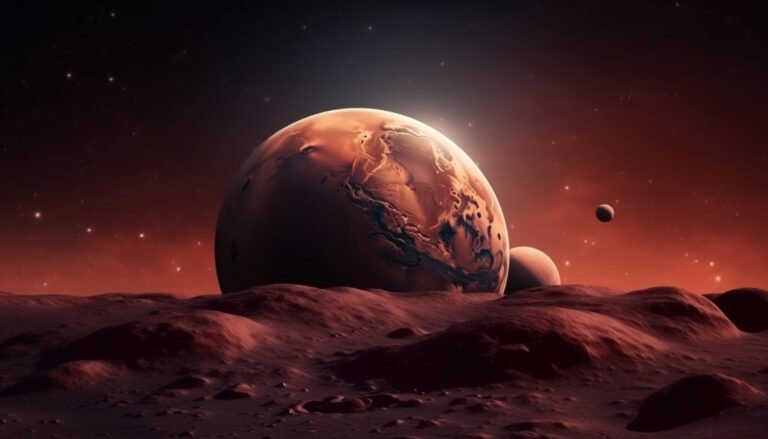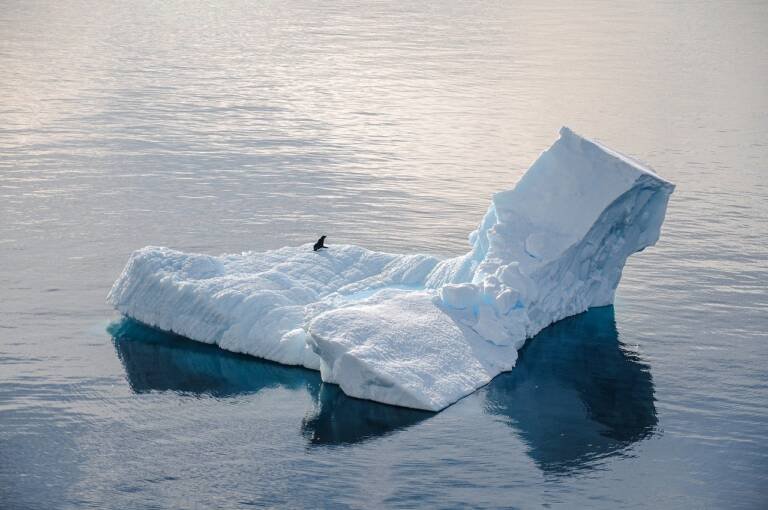What is Life on Mars About ?
What is Life on Mars About ?
Introduction
Mars has captivated humanity’s imagination for centuries. It’s a planet that has been the subject of countless scientific studies, science fiction stories, and space missions. But what is it about Mars that makes it so intriguing? Why do we invest so much time and resources into exploring this red planet? Let’s dive into the mysteries and realities of life on Mars.
The Fascination with Mars
Mars, often called the “Red Planet,” has been a focal point for astronomers and scientists for years. Its striking red color, due to iron oxide on its surface, and its Earth-like characteristics make it a prime candidate in the search for extraterrestrial life.
Why Mars?
Mars is the most Earth-like planet in our solar system. It has seasons, polar ice caps, and a day that’s just over 24 hours long. These similarities spark curiosity and provide a foundation for the possibility of life.
History of Mars Exploration
Early Observations and Theories
The fascination with Mars began with early astronomers who noted its distinct red color and peculiar movements in the sky. In the late 19th and early 20th centuries, astronomers like Percival Lowell theorized about canals on Mars, suggesting the presence of intelligent life.
Modern Mars Missions
In the mid-20th century, space agencies began sending probes to Mars. NASA’s Viking missions in the 1970s were among the first to land on Mars and conduct scientific experiments. Since then, numerous missions from various countries have aimed to explore Mars in greater detail.
Mars: The Red Planet
Mars’ Physical Characteristics
Mars is about half the size of Earth with a thin atmosphere composed mostly of carbon dioxide. Its surface features vast plains, towering volcanoes like Olympus Mons, and deep canyons such as Valles Marineris.
Climate and Weather on Mars
Mars experiences extreme temperatures, ranging from -195°F (-125°C) in winter to 70°F (20°C) in summer near the equator. Dust storms can envelop the entire planet, significantly impacting its climate.
Conditions for Life on Mars
Water on Mars
Water is essential for life as we know it. Evidence suggests that liquid water once flowed on Mars, carving out valleys and riverbeds. Today, water exists primarily as ice, with potential subsurface reserves.
The Martian Atmosphere
Mars’ atmosphere is thin, composed mainly of carbon dioxide, with traces of nitrogen and argon. It lacks a significant ozone layer, allowing harmful solar radiation to reach the surface.
Surface Conditions
The surface of Mars is rocky and covered in dust. The lack of a magnetic field means the planet is bombarded by solar and cosmic radiation, creating a harsh environment for life.
Evidence of Past Life
Ancient Martian Lakes and Rivers
Satellite imagery and rover missions have revealed ancient river valleys, lake beds, and mineral deposits that indicate Mars once had a much wetter environment, potentially suitable for life.
Martian Meteorites
Some meteorites found on Earth originated from Mars. These rocks contain tiny structures and chemical signatures that some scientists interpret as possible evidence of past microbial life.
Current Search for Life
Rovers and Landers
NASA’s rovers, such as Curiosity and Perseverance, are equipped with sophisticated instruments to analyze the Martian soil and rocks for signs of past or present life.
The Role of Satellites
Satellites orbiting Mars, like the Mars Reconnaissance Orbiter, provide detailed images and data on the planet’s surface and atmosphere, helping to identify promising sites for future exploration.
Potential Habitats on Mars
Subsurface Ice and Water
Beneath the surface, Mars has vast amounts of ice. If melted, this water could support microbial life and future human explorers.
Potential for Microbial Life
Life on Mars, if it exists, would likely be microbial and could survive in subsurface habitats, protected from harsh surface conditions.
Challenges for Life on Mars
Radiation Levels
Without a magnetic field or thick atmosphere, Mars is exposed to high levels of radiation, which would be detrimental to most known life forms.
Temperature Extremes
The extreme cold on Mars poses a significant challenge for life. Any existing life forms would need to be extremophiles, capable of surviving in extreme conditions.
Lack of Liquid Water
While ice is present, liquid water is scarce on Mars today. Finding or creating a stable source of liquid water is crucial for supporting life.
Terraforming Mars
Concepts and Methods
Terraforming Mars involves altering its environment to make it more Earth-like, potentially by warming the planet, thickening the atmosphere, and introducing water.
Challenges and Ethical Considerations
The process of terraforming would be complex, time-consuming, and resource-intensive. There are also ethical concerns about altering another planet’s environment.
Human Missions to Mars
Planned Missions
Space agencies like NASA and private companies like SpaceX are planning manned missions to Mars within the next few decades, aiming to establish a human presence on the planet.
Challenges of Human Survival
Humans will face significant challenges on Mars, including radiation exposure, limited resources, and psychological effects of isolation and confinement.
Mars Colonization
Potential Settlements
Future colonies on Mars could be built in habitats shielded from radiation, possibly underground or covered by regolith (Martian soil).
Technologies Needed
Advancements in life support systems, habitat construction, and resource utilization are essential for sustainable colonization.
Benefits of Mars Exploration
Scientific Knowledge
Exploring Mars helps us understand more about the history of our solar system, planetary formation, and the potential for life elsewhere.
Technological Advancements
Mars missions drive technological innovation, leading to advancements in robotics, materials science, and other fields that benefit life on Earth.
Ethical Considerations
Contamination and Preservation
Preventing contamination of Mars with Earth life is crucial to ensure any potential Martian life forms remain untainted. Additionally, preserving the Martian environment is an ethical responsibility.
Ethical Treatment of Potential Life Forms
If life is discovered on Mars, ethical questions about its treatment and the impact of human activities on these organisms must be addressed.
Future Prospects
Upcoming Missions
New missions, including the European Space Agency’s ExoMars rover and NASA’s Mars Sample Return mission, aim to bring back samples and search for signs of life.
Long-Term Goals
Long-term goals include establishing permanent human settlements and possibly terraforming parts of Mars to create habitable environments.
Conclusion
Mars continues to be a source of fascination and scientific inquiry. Understanding what life on Mars entails, whether in the past, present, or future, can provide profound insights into our place in the universe. The ongoing exploration of Mars is a testament to human curiosity and our relentless quest to uncover the mysteries of the cosmos.
FAQs
1. Is there currently any life on Mars?
There is no definitive evidence of current life on Mars, but ongoing missions are actively searching for signs of past or present microbial life.
2. How can humans survive on Mars?
Humans would need habitats that provide protection from radiation, stable temperatures, and access to resources like water and oxygen.
3. What are the main challenges of living on Mars?
Key challenges include high radiation levels, extreme cold, thin atmosphere, and lack of liquid water.
4. How does Mars compare to Earth?
Mars is smaller, colder, and has a thinner atmosphere than Earth. However, it has some similarities, such as a 24-hour day and polar ice caps.
5. What are the benefits of exploring Mars?
Exploring Mars can lead to scientific discoveries, technological advancements, and a better understanding of the potential for life elsewhere in the universe.















